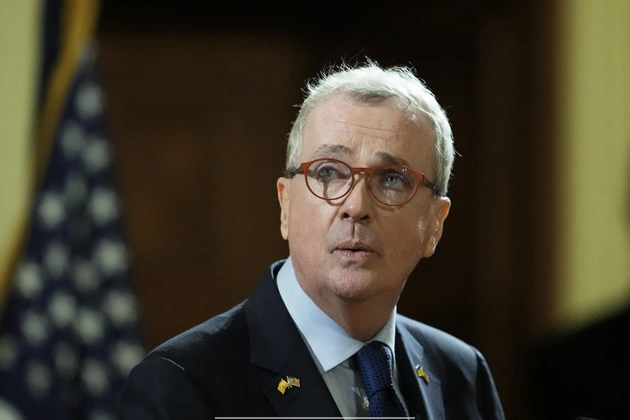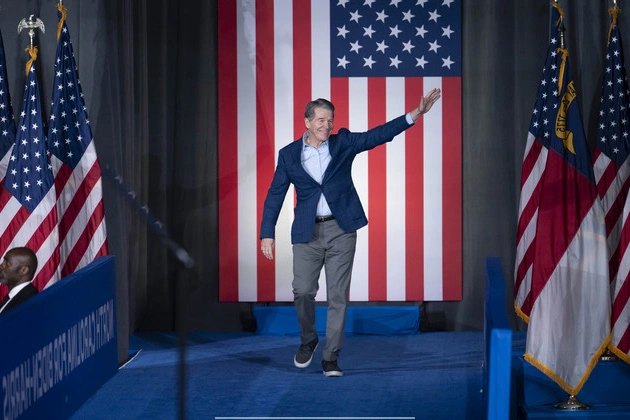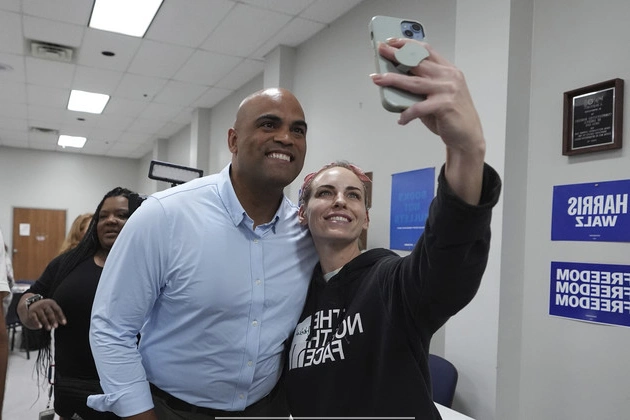
HHS Secretary Robert F. Kennedy Jr. utilized the latest autism statistics to highlight a concerning rise in autism cases and vowed to identify the ‘environmental toxins’ he believes are culpable.
Secretary Kennedy, previously known for espousing debunked theories linking vaccines to Autism Spectrum Disorder, attributed only 25% of the increased prevalence to improved diagnostics and awareness, with current rates at 1 in 31 children, a stark increase from previous years.
Real Rates, Real Concerns
Contrary to the belief that better screening alone is responsible for the surge, Kennedy emphasized the authenticity of the escalating rates, challenging the notion of mere diagnostic advancements.
The CDC’s report, however, credits the upsurge to enhanced screening procedures, contradicting Kennedy’s stance.
The Pursuit of Answers
Kennedy’s relentless pursuit to elucidate the surge in autism cases has been a defining aspect of his public persona, garnering both support and criticism. His assertions linking vaccines and autism, along with unproven claims about environmental toxins, have stirred controversy.
As the health secretary, Kennedy aims to leverage federal resources to delve into the ‘root causes’ of autism, pledging an impartial exploration of all possibilities guided solely by scientific evidence.
Commitment to Research
Highlighting the need for real-time data on autism prevalence, Kennedy plans to unveil comprehensive insights into autism rates, emphasizing the urgency of proactive measures akin to infectious disease control.
While asserting the severity of most autism cases, Kennedy’s focus on understanding the surge remains unwavering, with a commitment to unveil preliminary findings by September.
Joining forces with epidemiologist Martin Kulldorff, Kennedy aims to scrutinize various factors contributing to the rise, from medications to environmental pollutants.
A Call for Collaboration
Kristyn Roth from the Autism Society of America cautiously welcomes Kennedy’s initiatives, stressing the need for fact-based research rooted in the collective experiences of the autism community.
Roth’s optimism is tempered by the call for transparency and inclusivity in the research process, urging a collaborative approach to tackle the complex issue of autism.











